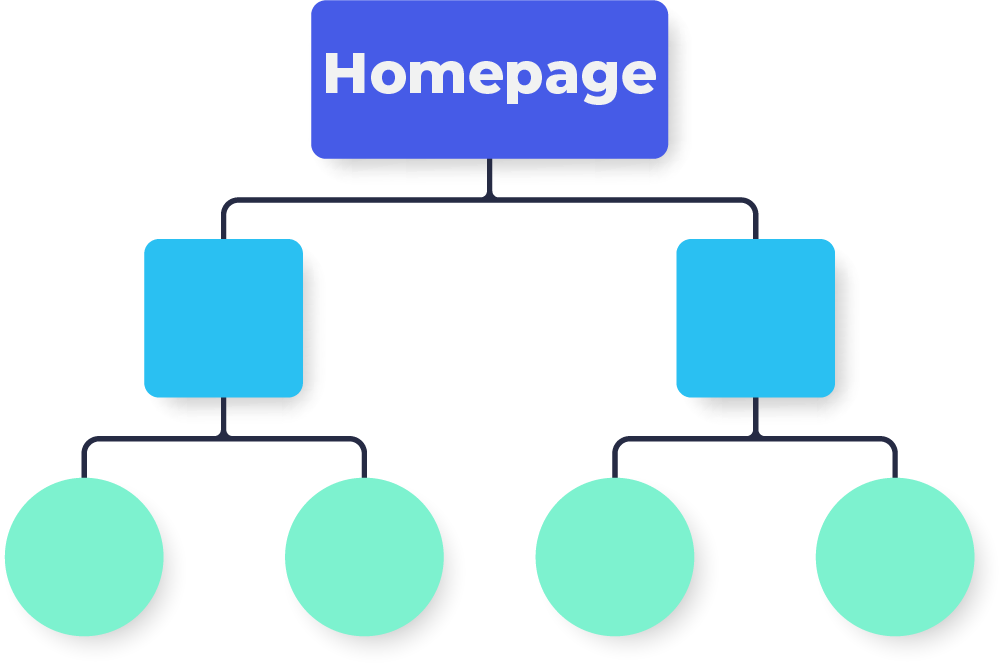SEO Tips for a Smooth Rebrand
At some point in their lifecycles, many businesses will undergo a rebrand or website redesign, and with it often comes the fear of losing SEO rankings.
This can be both an exciting and scary undertaking, especially if your website has had success with SEO. Nobody wants to lose all that traffic and revenue, not to mention all the resources you put into achieving those rankings.
So the question most businesses will ask is, ‘How can I rebrand my website without losing SEO rankings?’
The short answer is continuity. That means (1) retaining the same URL structure & architecture where possible and using 301s where it’s not, (2) ensuring the title tags and content of high-performing pages are kept consistent, and (3) using links and content to signal your new brand/identity.
In this post, we’ll detail each of these steps to ensure a successful rebrand without losing rankings
Rebranding Considerations
Rebrands exist on a spectrum. On one end, you have minor cosmetic touch-ups. This can be something as simple as altering the color scheme or getting a shiny new logo.
On the other end are total identity overhauls. Changing your company name, business focus, or offering a dramatic shift in tone and messaging requires more work than just swapping out logos.
In this post, we’ll focus more on the latter. Specifically, cases that involve changing domain names.
Site Architecture & URL Schemes
URLs
One of the most critical steps for a successful rebrand is establishing consistent URLs between your old and new site. For example, if your old site was www.olddomain.com/product-category/, then you’ll want to make sure the new URL is something like www.newdomain.com/product-category/.
Why?
Within its index of web pages, Google has a ‘map’ of your website layout. It knows which pages link to which others and has an idea of how they relate to each other. This informs how Google will rank your pages for search queries.

The closer the structure of your new site matches your old site, the better understanding search engines will have right off the bat, and the more likely you are to retain your SEO rankings.
301 Redirects
But sometimes, rebranding requires splitting or consolidating content. When this is the case, 301 redirects are a critical step in guiding Google and other search engines to the new URL.
It’s important that you use properly implemented 301 redirects for any pages where content is no longer available, as this helps Google understand your new website structure and pass ranking signals to the new URLs.
www.olddomain.com/best-sightseeing-spots-in-alaska/
www.olddomain.com/10-most-beautiful-tourist-destinations-alaska/
— both pages 301 redirect too —
www.newdomain.com/sightseeing-and-tours-alaska/
While Google will eventually piece everything together, effective redirects will ensure that your rankings don’t take as big of a hit when you finally launch your new site. Think of it as helping Google redraw these old maps instead of waiting for it to reindex everything on its own.
On-Page Content
Consistent Title Tags & Content
The next step is to make sure your title tags, meta descriptions, and content are consistent with the pages you had before the rebrand. This helps preserve rankings since these elements are some of the most important signals for search engines.
In addition to title tags and meta descriptions, your old page content should match up to the new pages you’re creating. Not only will this help keep rankings intact, but it will also give users the same familiar experience they had before the rebrand.
Updating Internal Links
Any internal links pointing to pages that are no longer in use should be updated to point to their relevant counterparts on the new domain name. Doing this will help ensure a smoother experience for visitors and keep your page crawling efficient and effective.
Signal Your New Brand to Customers & Search Engines
One of the biggest losses in potential traffic is through your company’s old branded searches. Customers will continue to search for your old brand, but without proper signals, Google (and your customers!) may have trouble connecting the old with the new.
In order to counteract this, it’s important to signal the connection between both before and after your launch.
This can be done through blogs posts on your site detailing the upcoming rebrand, sections or FAQ pages on your new site that mention the change, and by clearly displaying your new brand throughout all of your content.
Wrapping Up
Rebrands can pose a risk to your high ranking content. But by taking proactive steps, you can ensure that your new brand sends the proper signals to search engines, and minimize any negative impact of your rebrand.

Leave a Reply